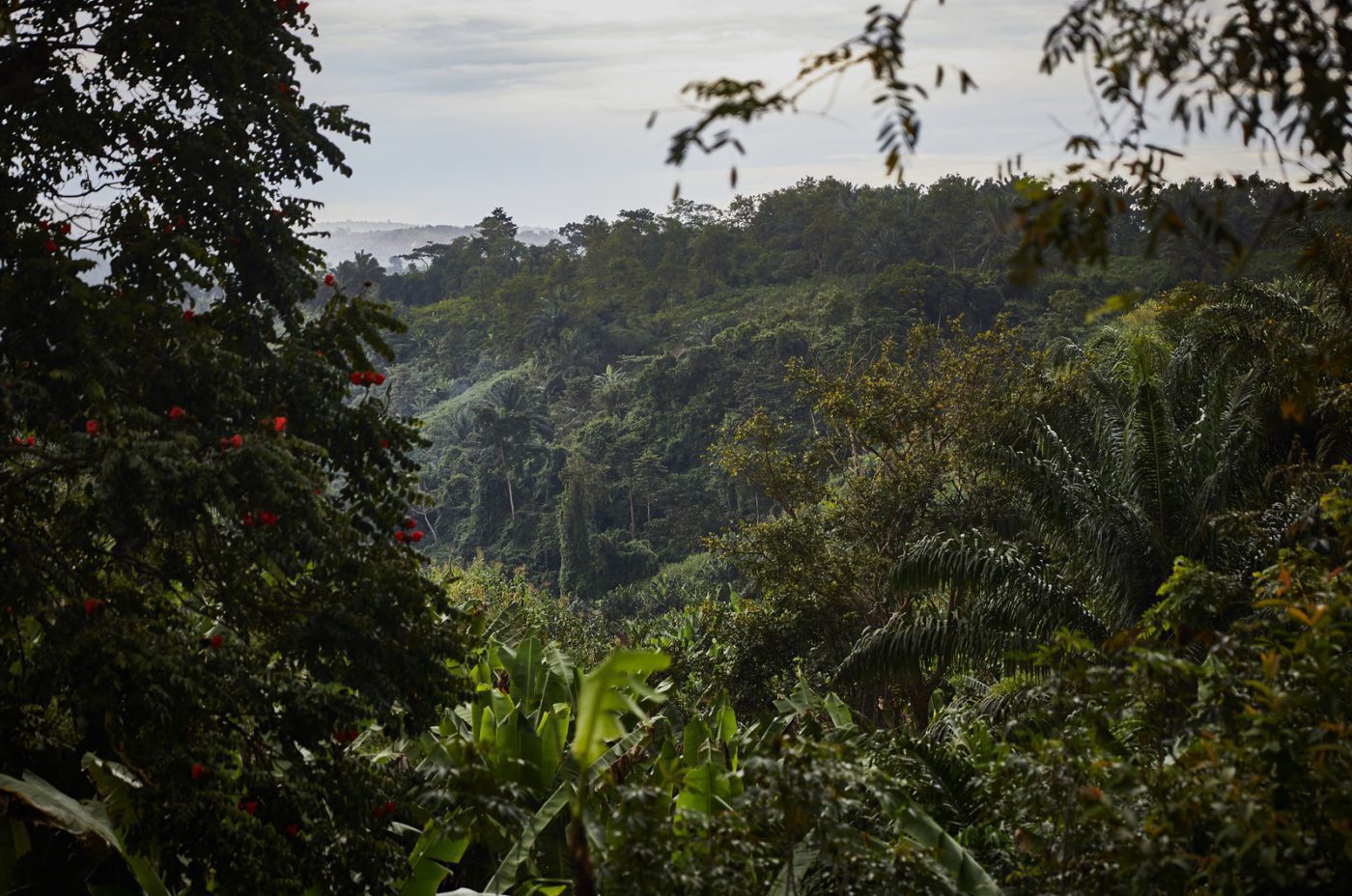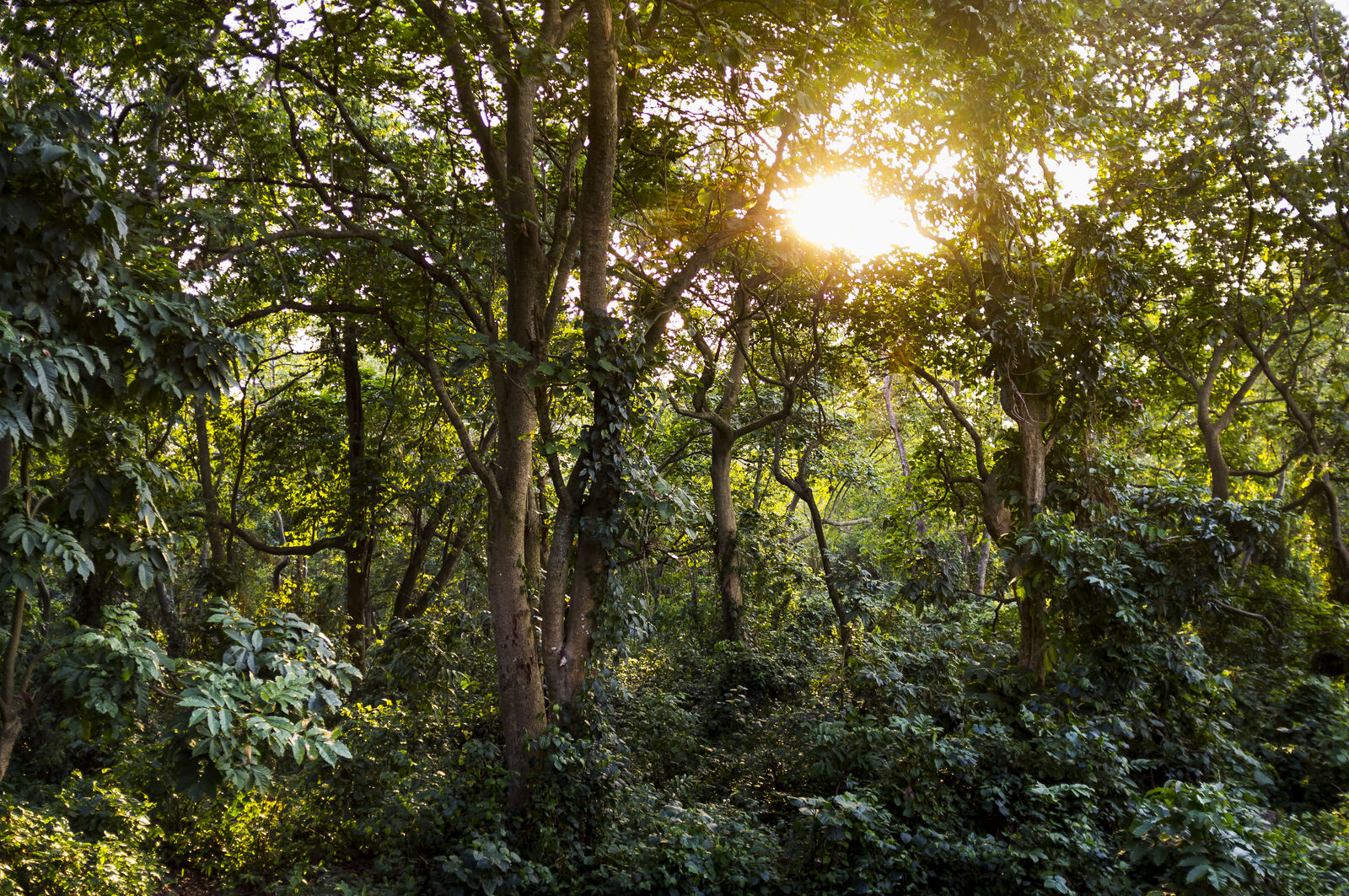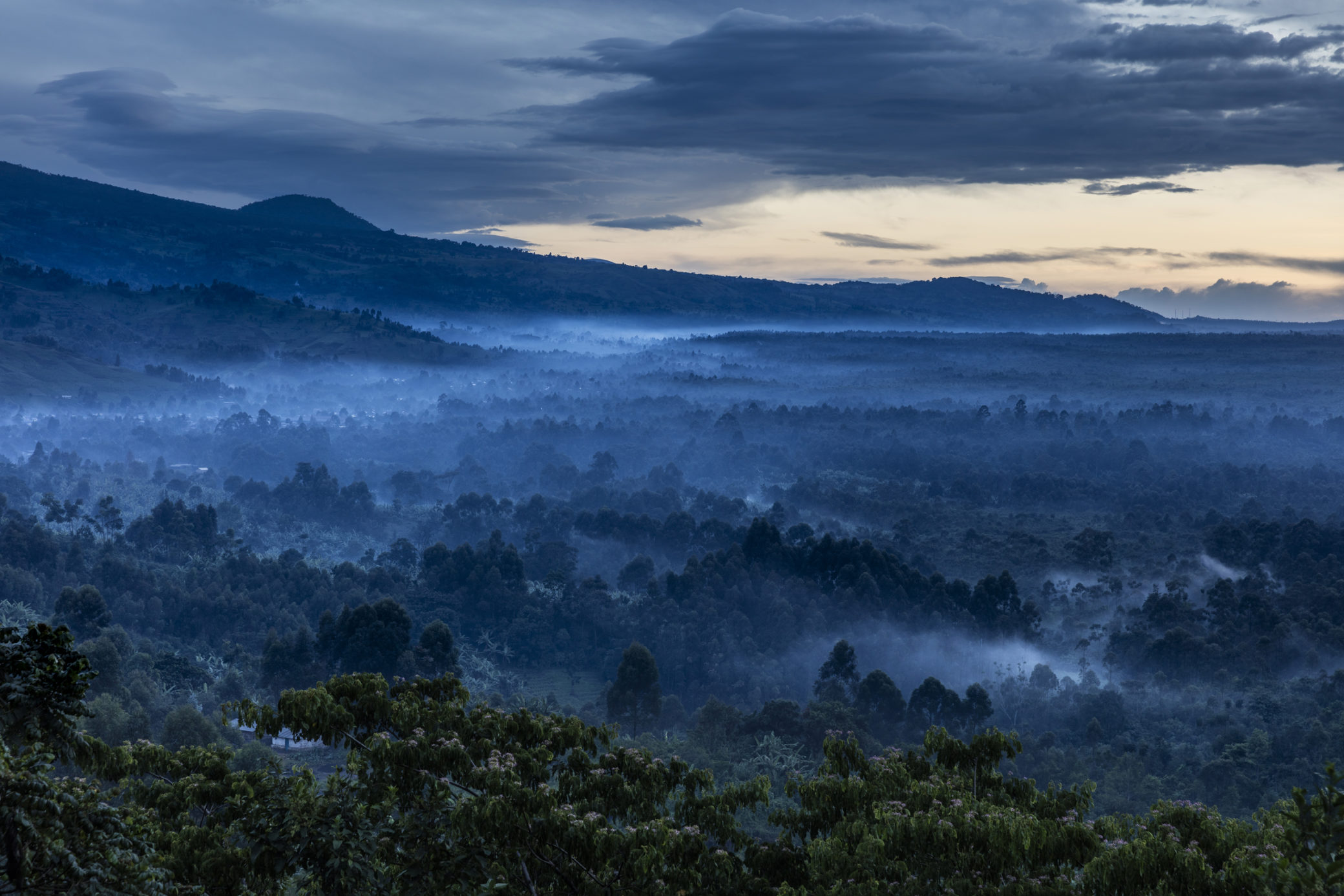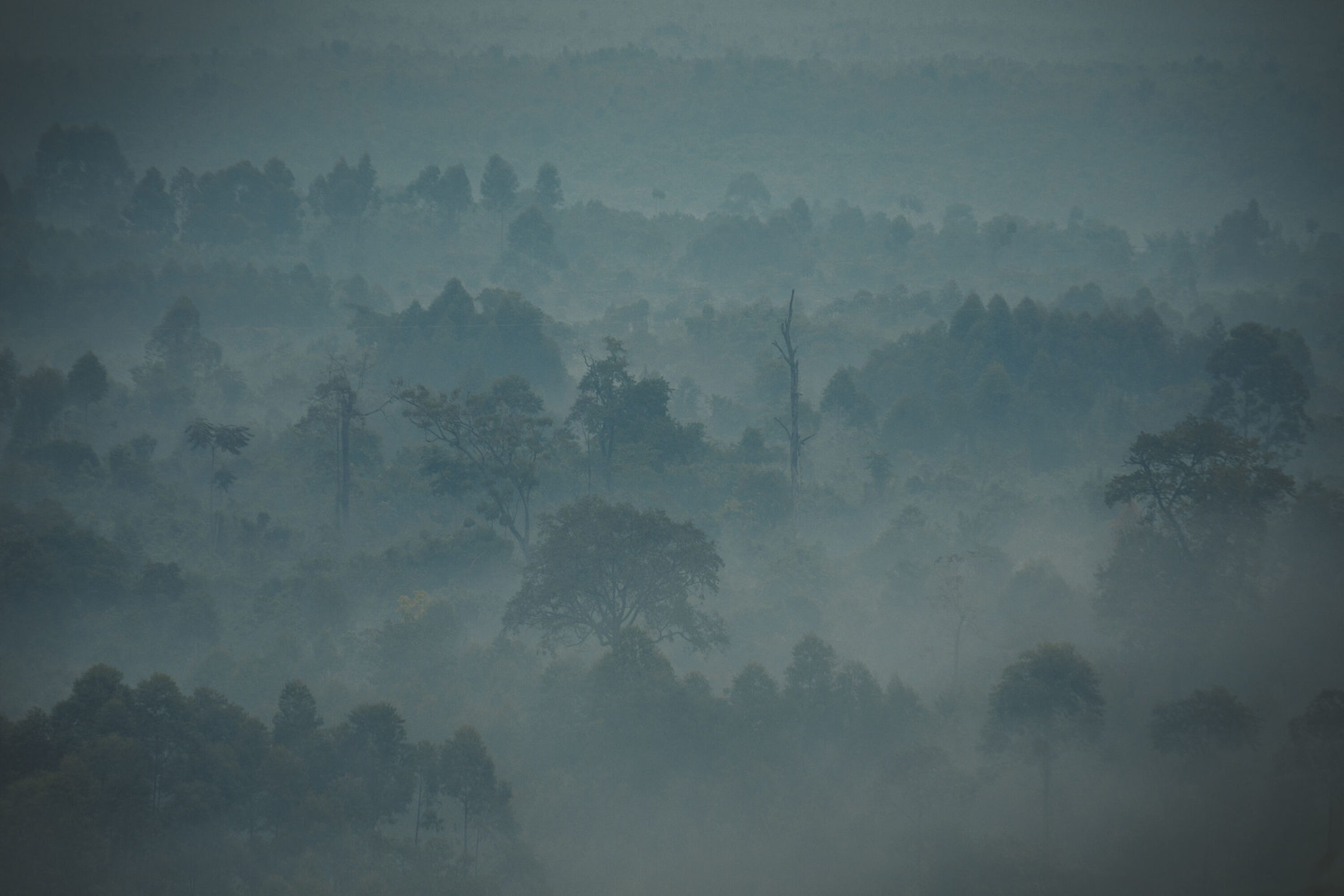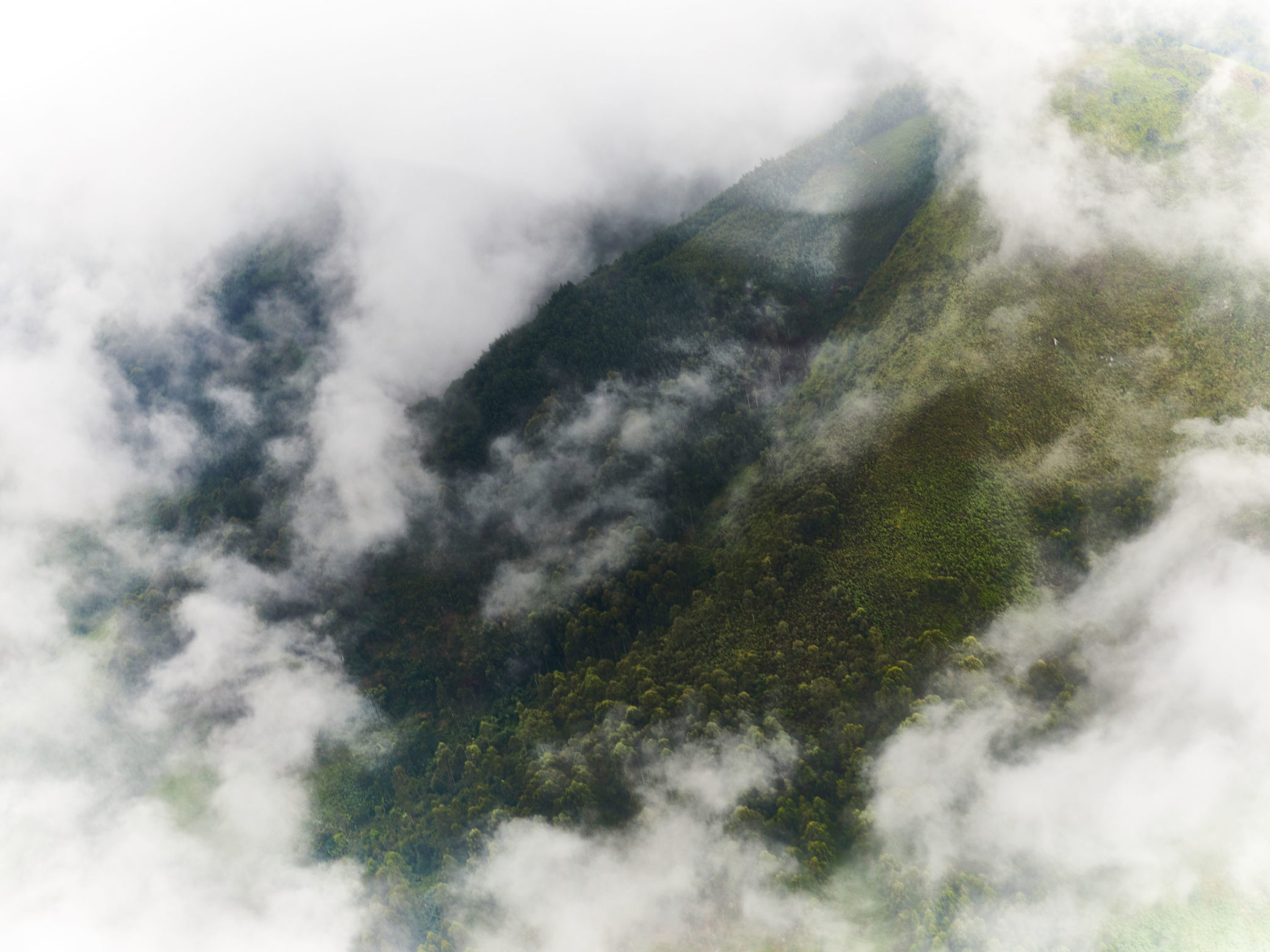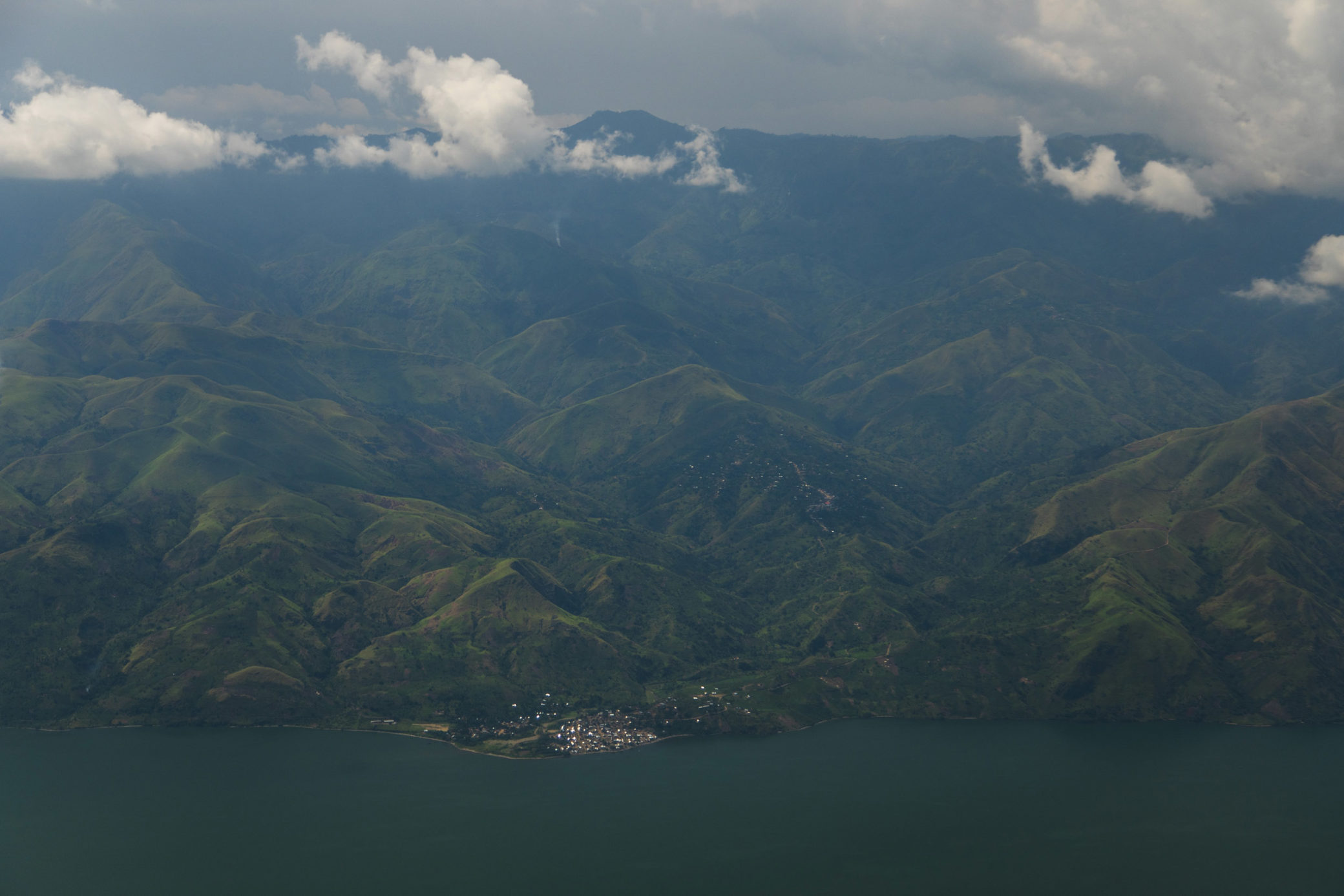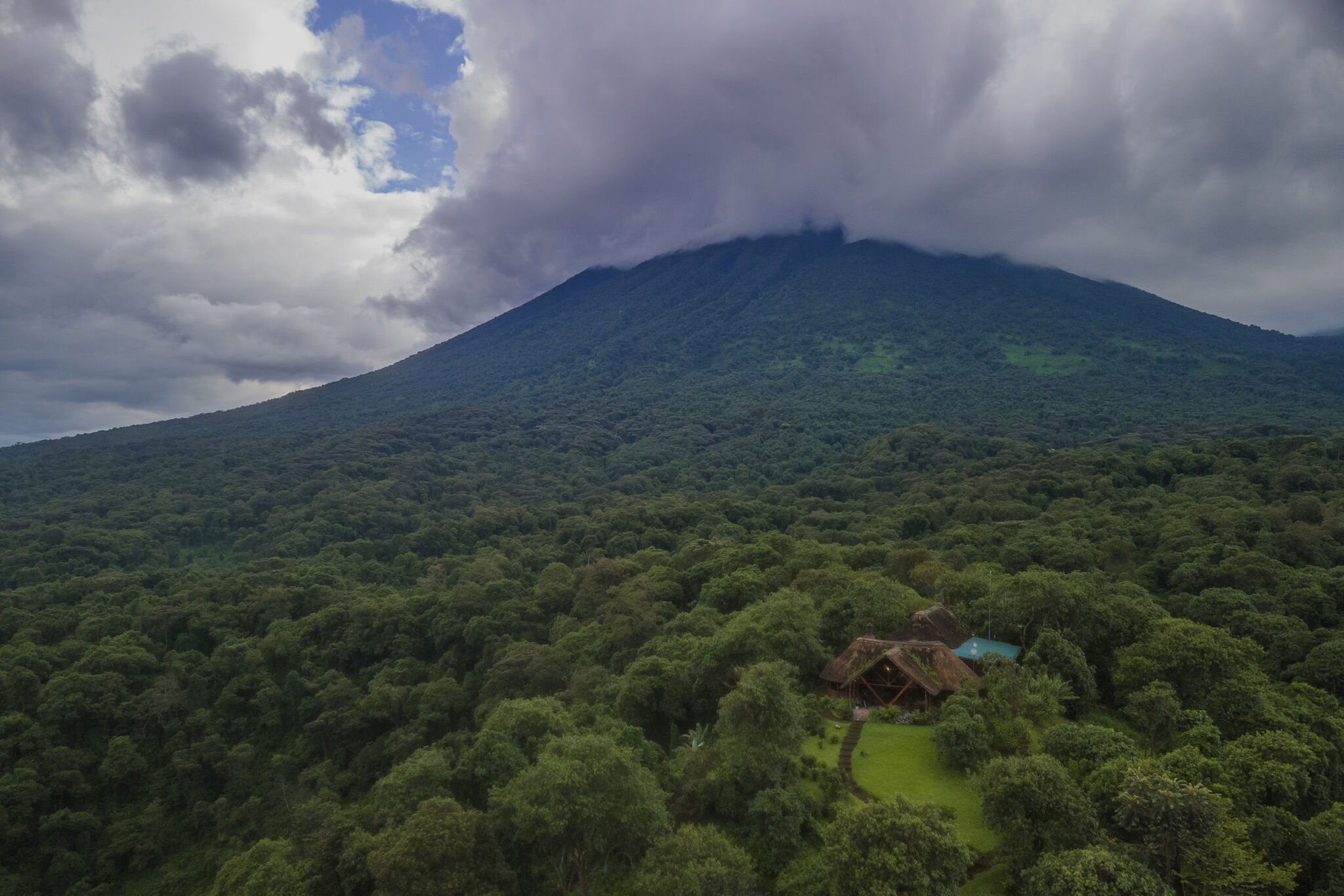Makala production, mining, and land clearance for agriculture are the major threats to the tropical rainforests of Virunga, especially in the Mahura forest. Virunga works in collaboration with local communities to reforest areas of land where forest clearance has occurred. Together, protection and reforestation help to ensure the future of Virunga’s tropical rainforests and the network of species that depends on them.



